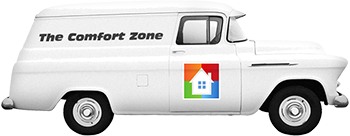Indoor Air Quality
Modern homes and buildings are constructed with energy efficiency in mind. You don't want to pay to cool the air in your home only to have it leak out the cracks and crevices do you? However, the downside of energy efficient construction is the increase in indoor air pollution. Conditioned air can become very polluted, and that can affect your health.
What Causes Indoor Air Pollution?
A variety of things can pollute the air in your home. Cleaning products release volatile organic compounds into the air that don't go away. Molds and bacteria can make their way into the air. Is someone sick? The flu virus is airborne. Allergens and pet dander are also on the list.The Indoor Air Quality Solution
If you want to have a healthier, more comfortable home, indoor air quality products are the right choice. They are not mutually exclusive, but work together to protect, refresh and purify the air you breathe each day! These produts also help maintain a cleaner system which aids in overall efficiency.
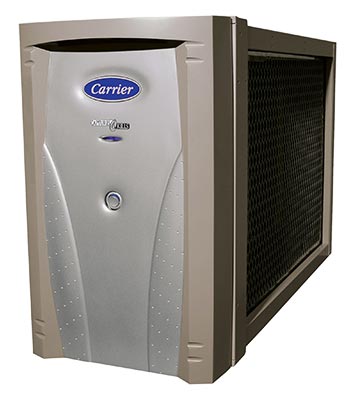
1. Electronic Air Cleaner
Your HVAC system pulls air from inside the house via the return air duct. This air is sent through a filter before it enters your HVAC system. An advanced air cleaner can filter microscopic particles from the air before it is sent into the rest of your home. Some of these filters can even capture and kill the flu virus! The effectiveness of an air cleaner is measured with a MERV rating. High end residential models typically peak at 16 MERV.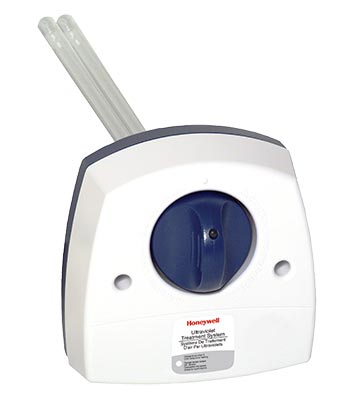
2. UV Lamp
A UV lamp performs one function very effectively: UV lamps kill mold that can grow inside the indoor coil system. An evaporator coil or fan coil contains piping that holds refrigerant. When the air conditioning is on, warm air from the home is forced through the frigid coil system which causes moisture to condensate on the pipes. This is a breeding ground for mold. If mold grows, it can release mold spores into the air, and also decrease the efficiency of your HVAC system.
3. Ventilator
An energy recovery ventilator is truly a piece of art. These are referred to as Energy Recovery Ventilators (ERV) and Heat Recovery Ventilators (HRV). A ventilator is able to take outside air and exchange it with stale inside air, while transferring the heat energy and humidity. It's like opening a window without having a heavy impact on your utility bills. It is a great way to keep fresh air inside your home. Energy Recovery Ventilator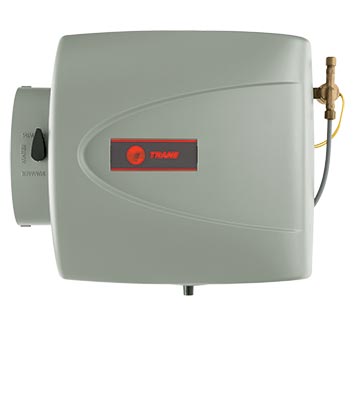
4. Whole House Humidifier
Winter air can be pretty dry, which makes your house seem colder. Dry air can also hurt wood furniture and instruments, and cause other discomforts like dry skin. Ask your local heating contractor about a whole house humidifier plugs into your heating and air conditioning system, and replenishes the humidity in your home. You will be much more comfortable, and spend less money on your heating bills!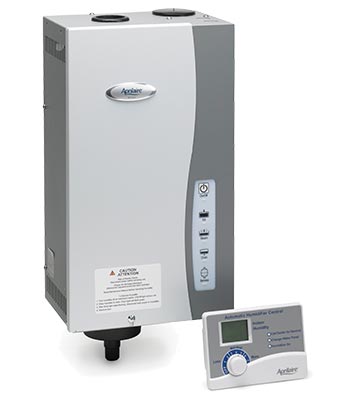
Steam Humidifier
If you have a larger home or want to ensure consistent levels of humidity for the comfort of your family and the care of your furnishings, this steam humidifier may be your best choice. It generates steam by energizing two electrodes. Current flowing between the electrodes causes water to turn to steam, which is delivered into the duct by a patented dispersion tube.




